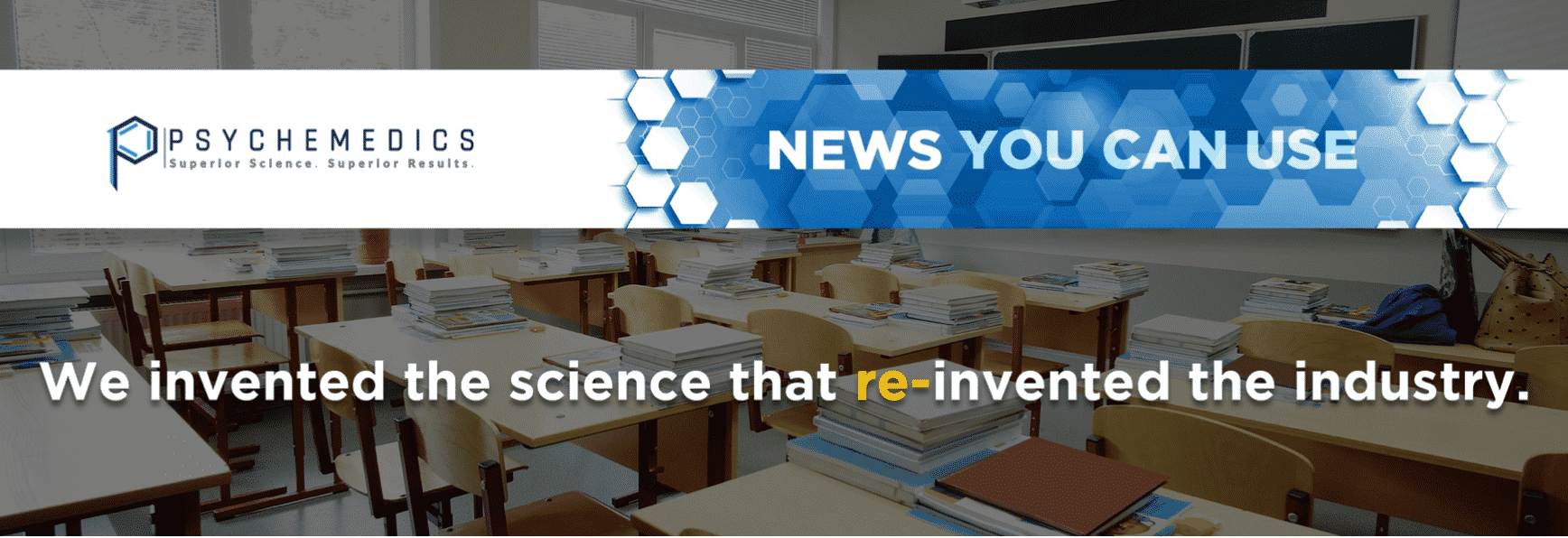COVID impacted us all. Teens maybe the most.

3 things to think about.
COVID impacted us all. Teens maybe the most.
While COVID certainly impacted a broad swath of the population, perhaps none would have been more deeply
affected than teens and young adults. Tribal by nature, the isolation and absence of normal campus activities
likely exacerbated substance use for some or became a new behavior for others. “Self-medication” is the term
many psychologists have given substance use during times of crisis, and this certainly qualifies.
Here are three outcomes of the pandemic you might want to think about.
- 13% of the polled U.S. population report new or increased substance use
- Supply was “down”, but teen use held steady; they know where to get drugs
- If you are not testing for fentanyl, your students are at risk. Popular party drugs for teens are actually
- fentanyl in disguise, and overdoses accounted for over 60% of all drug deaths in 2020–a record year.
Our hair test for drugs of abuse is helping educators around the country establish and sustain drug-free
campuses. I am providing links to two articles that I think you should find informative. Please share with your
colleagues. And I am also attaching a link to the piece we sent out earlier this year,
“Safeguarding Students and Staff After COVID-19”.
I hope you find them all useful,
Wil Elder
Director, Education Markets

With drugs in short supply, teen use likely dropped. Right? You may be surprised. This alert from the National Institutes of Health presents a picture unexpected by the experts— supply and teen use are less connected than thought.

Although the statistics are sobering, they are worth knowing. This report by National Public Radio details some threats that we may have thought were waning, but instead have been amplified.

Psychemedics initially released
“Safeguarding Students and Staff After COVID-19” in June of last year, but it is still as relevant today, and maybe more, than it was then. Feel free to share with colleagues.
